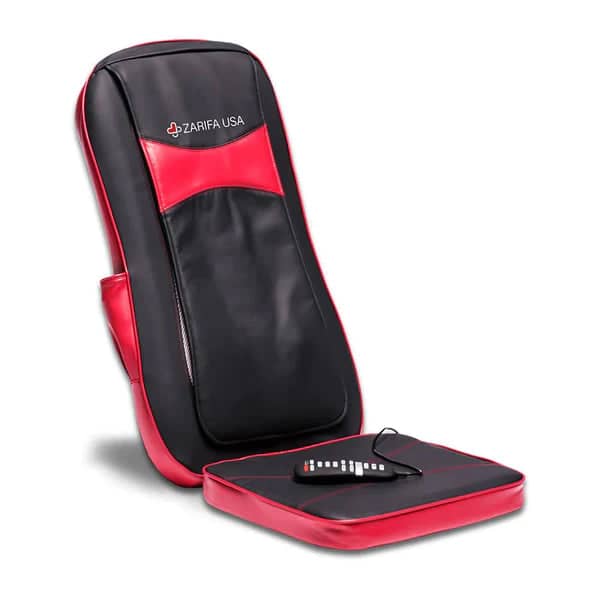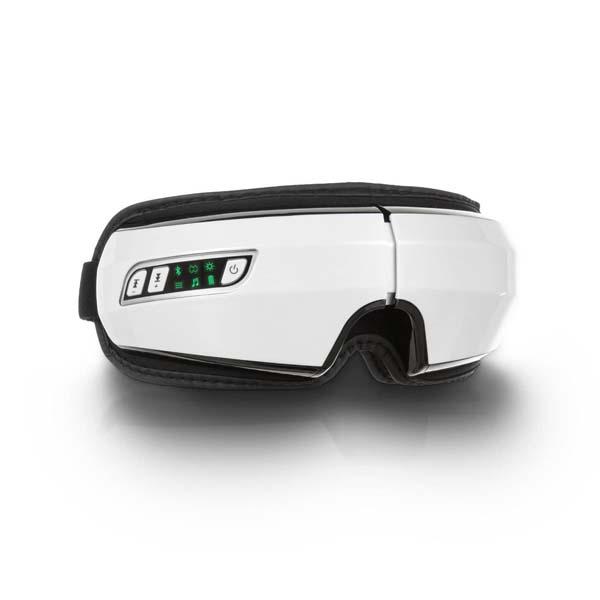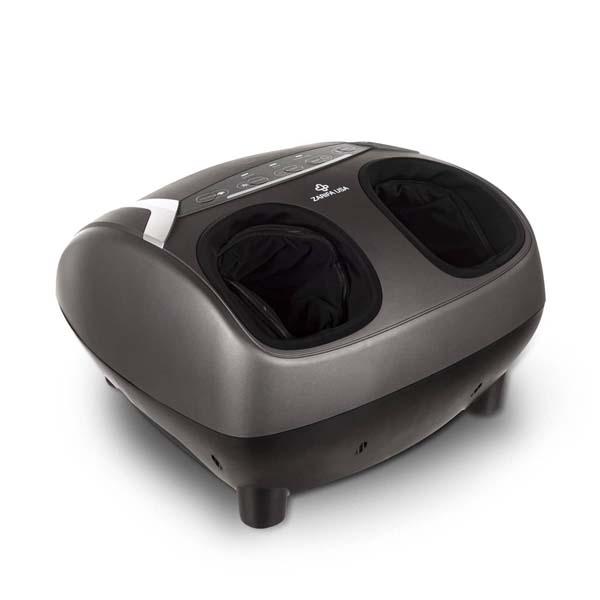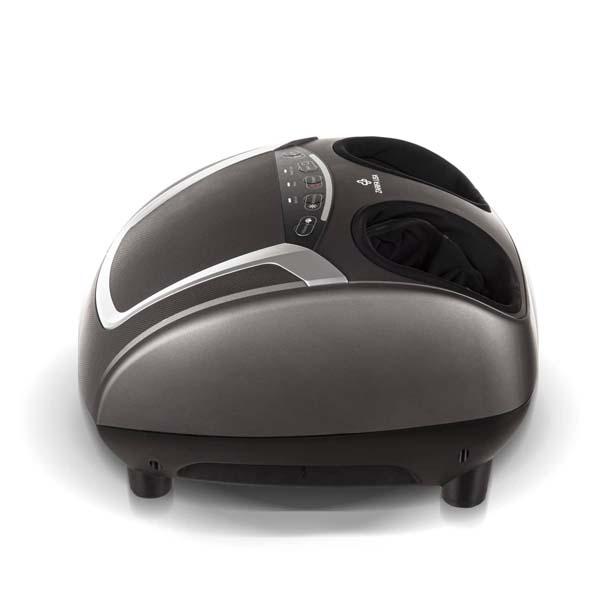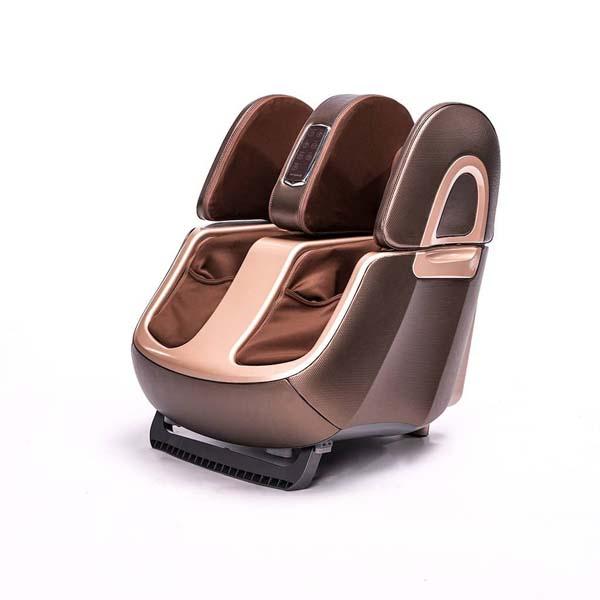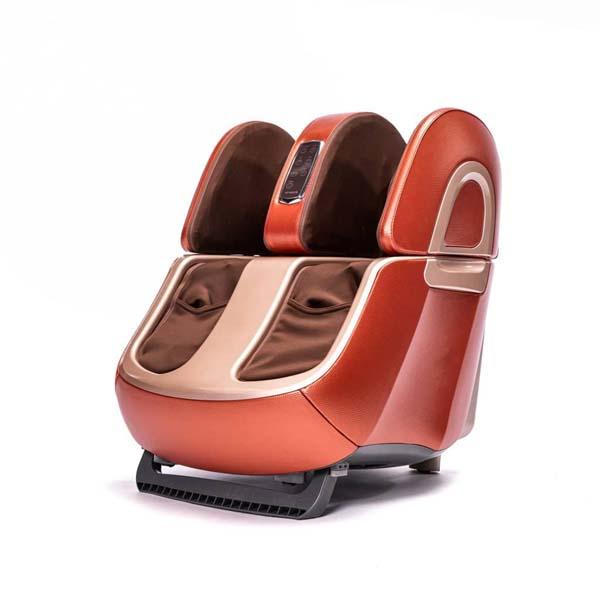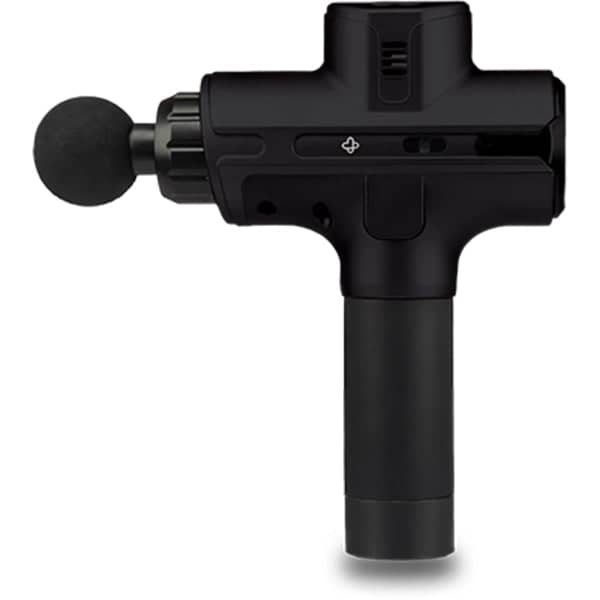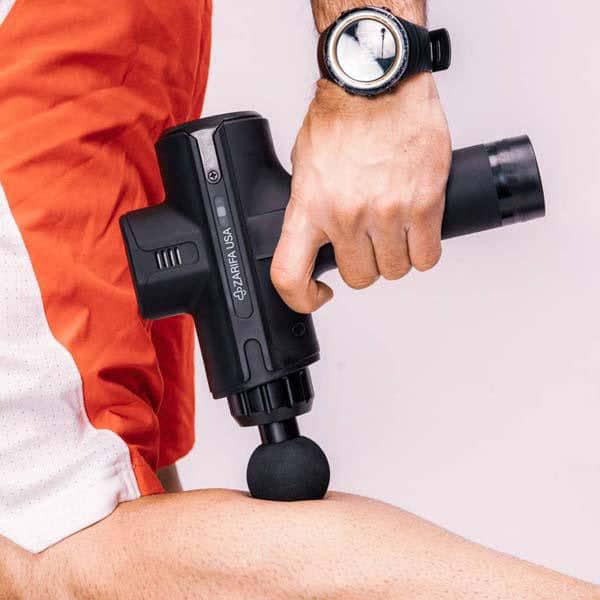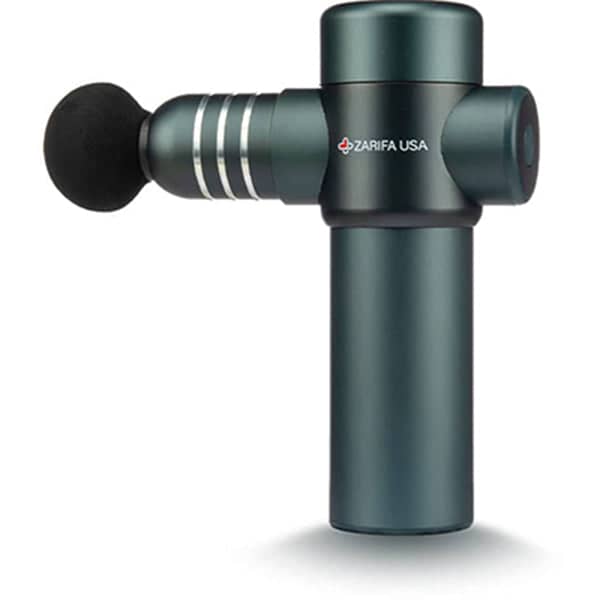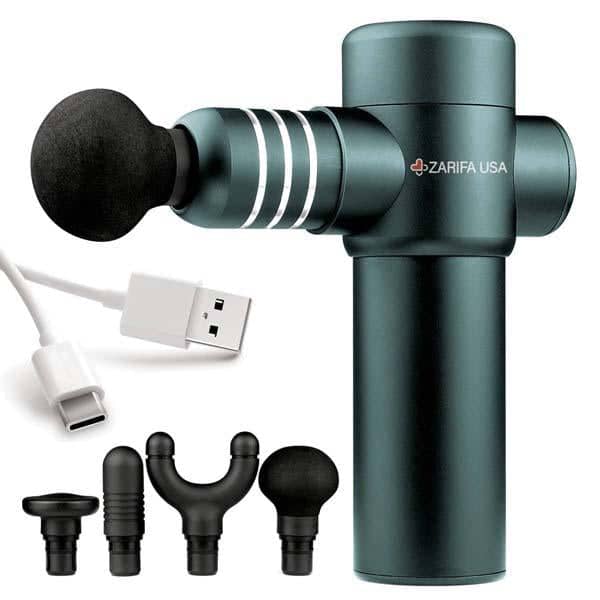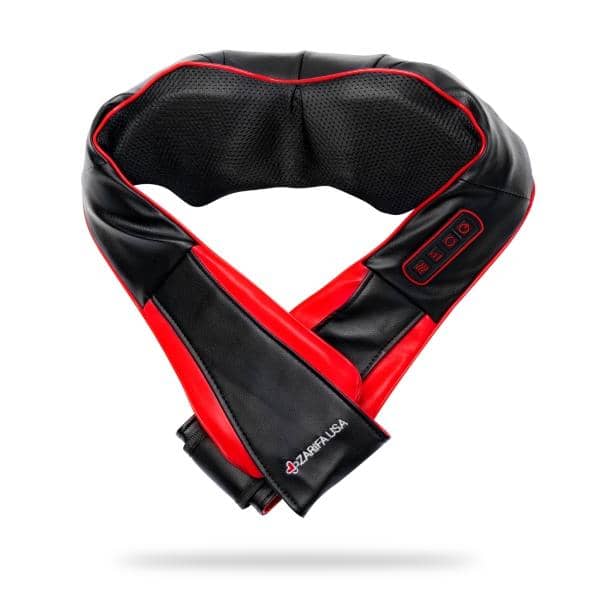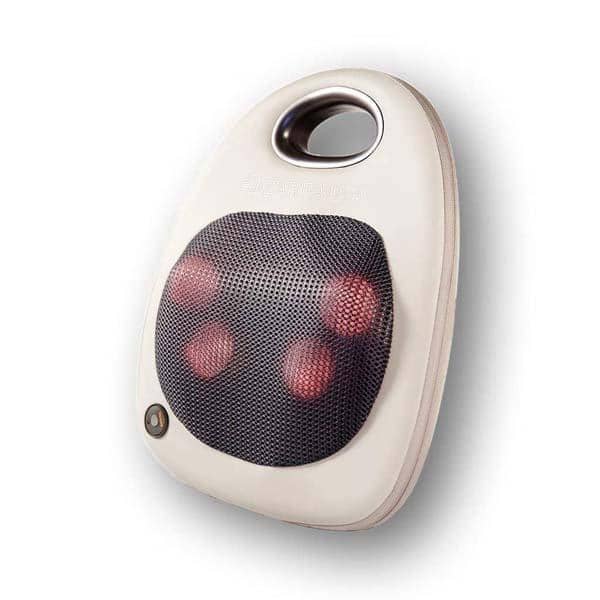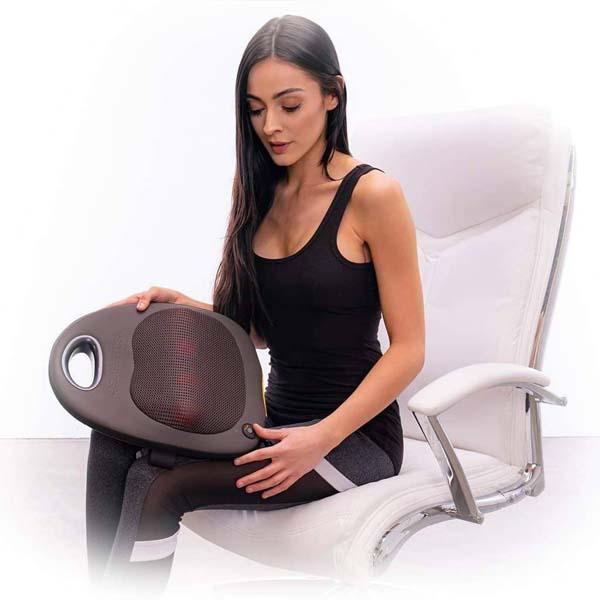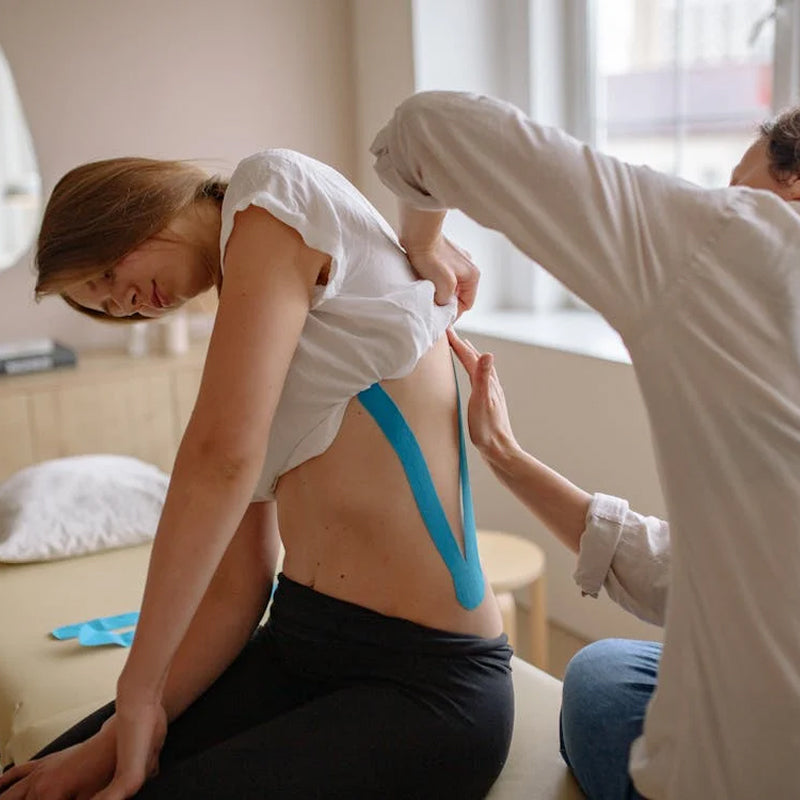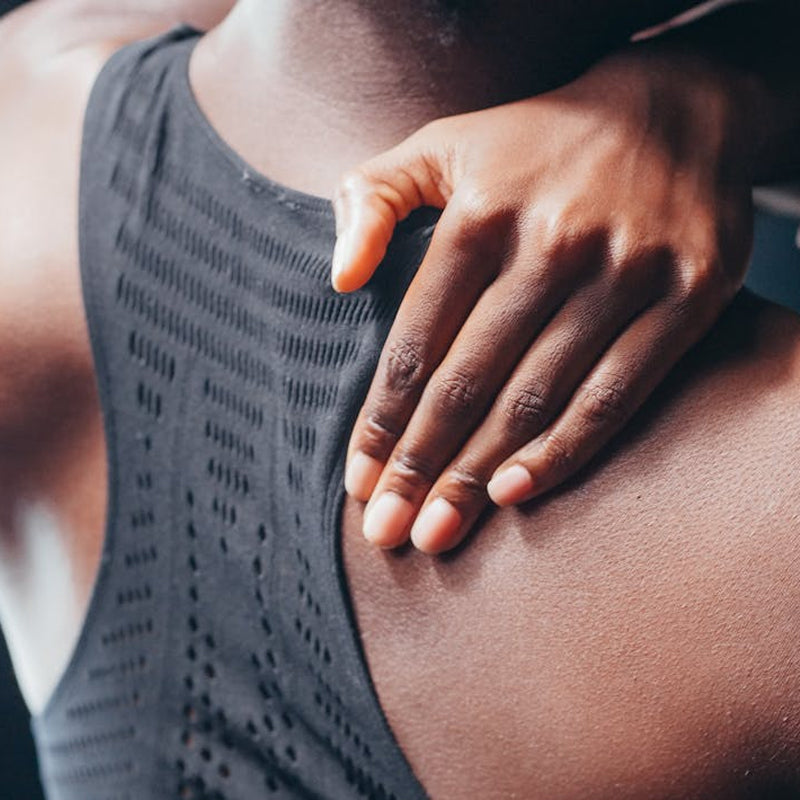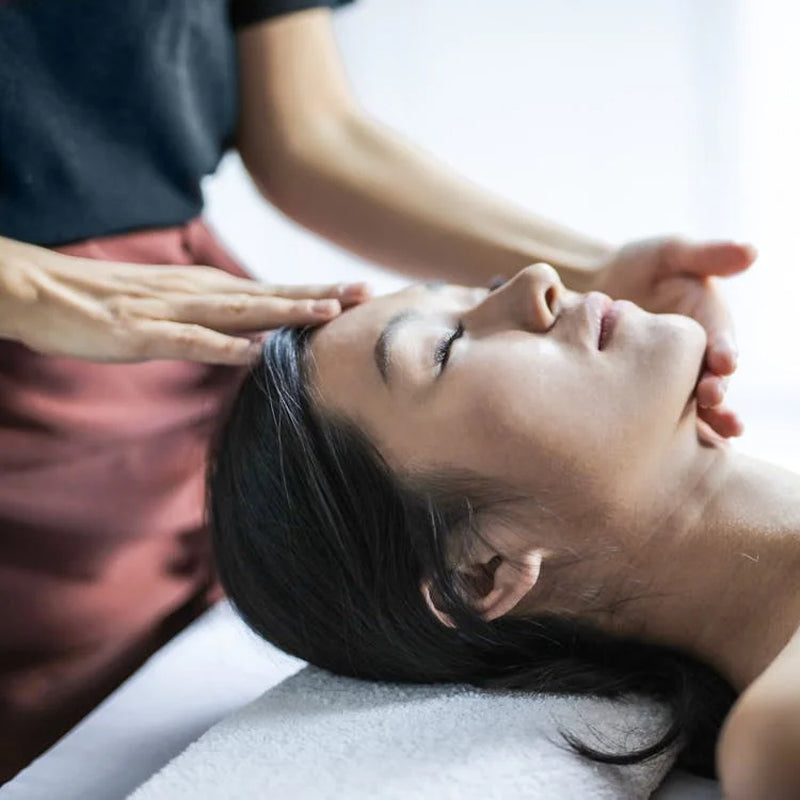Feeling sore after a massage? You’re not alone. Soreness from massage is common and usually indicates that the treatment was effective. This article will help you understand why you feel sore, how to relieve the discomfort, and when to seek medical advice.
Key Takeaways
- Soreness after a massage is typically normal and indicates effective muscle manipulation, similar to the soreness felt after a workout.
- Preventing post-massage soreness can be achieved by staying hydrated, communicating with your therapist about preferences, and starting with lighter pressure if you’re new to massage.
- Incorporating techniques like heat or cold therapy, gentle stretching, and using Epsom salts can help relieve post-massage discomfort and enhance recovery.
Why Do You Feel Sore After a Massage?
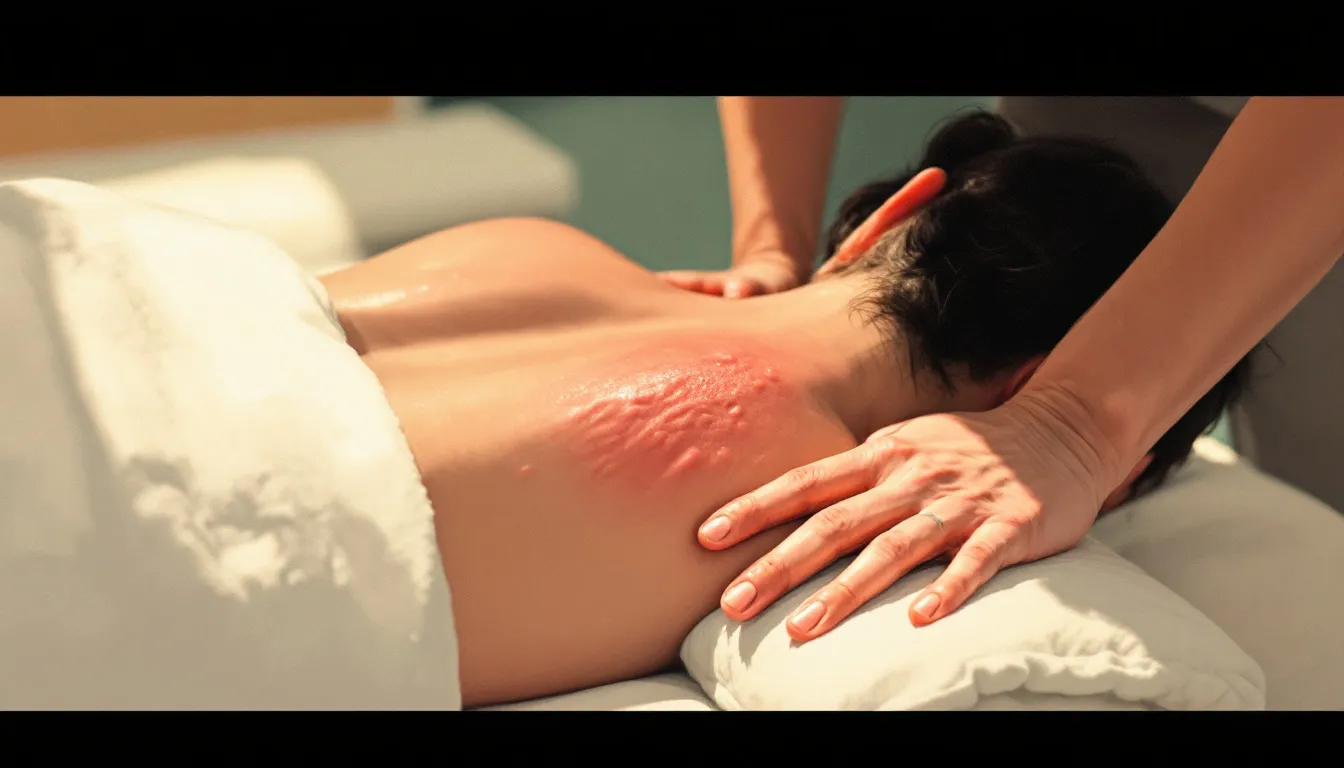
Feeling sore after a massage can be surprising and even a bit concerning, but it often signifies that the massage is working effectively. The discomfort stems from the manipulation of soft tissues, leading to microscopic tears in muscle fibers. Similar to intense exercise, these tears trigger an inflammatory response that aids in muscle repair and strengthening.
Increased blood flow to the affected areas also contributes to soreness. Deep tissue massage enhances circulation, delivering oxygen and nutrients for muscle recovery but can lead to temporary inflammation and discomfort. The soreness indicates your body is healing and adapting to the therapeutic pressure applied.
The Role of Deep Tissue Massage
Deep tissue massage alleviates chronic muscle tension and pain but can cause significant soreness due to intense pressure on deeper muscle layers, leading to microscopic damage. The resulting soreness often resembles the muscle pain experienced after a strenuous workout, known as delayed onset muscle soreness (DOMS).
Benefits like reduced muscle tension, increased blood flow, and enhanced flexibility come with temporary discomfort. Regular sessions help your body adapt, reducing soreness over time and offering long-term relief from chronic pain and muscle tightness.
Delayed Onset Muscle Soreness (DOMS)
Delayed onset muscle soreness (DOMS) commonly occurs 24 to 48 hours after intense physical activity or a deep tissue massage. It results from the body’s inflammatory response to microscopic muscle damage, essential for muscle repair and growth. While the soreness can be uncomfortable, it generally indicates that your muscles are adapting and becoming stronger.
The symptoms of DOMS can include muscle stiffness, tenderness, and a reduced range of motion. Although this soreness can last for several days, it typically diminishes as your muscles heal and become more resilient. Understanding DOMS helps you anticipate and manage post-massage soreness more effectively.
Is Soreness After a Massage Normal?
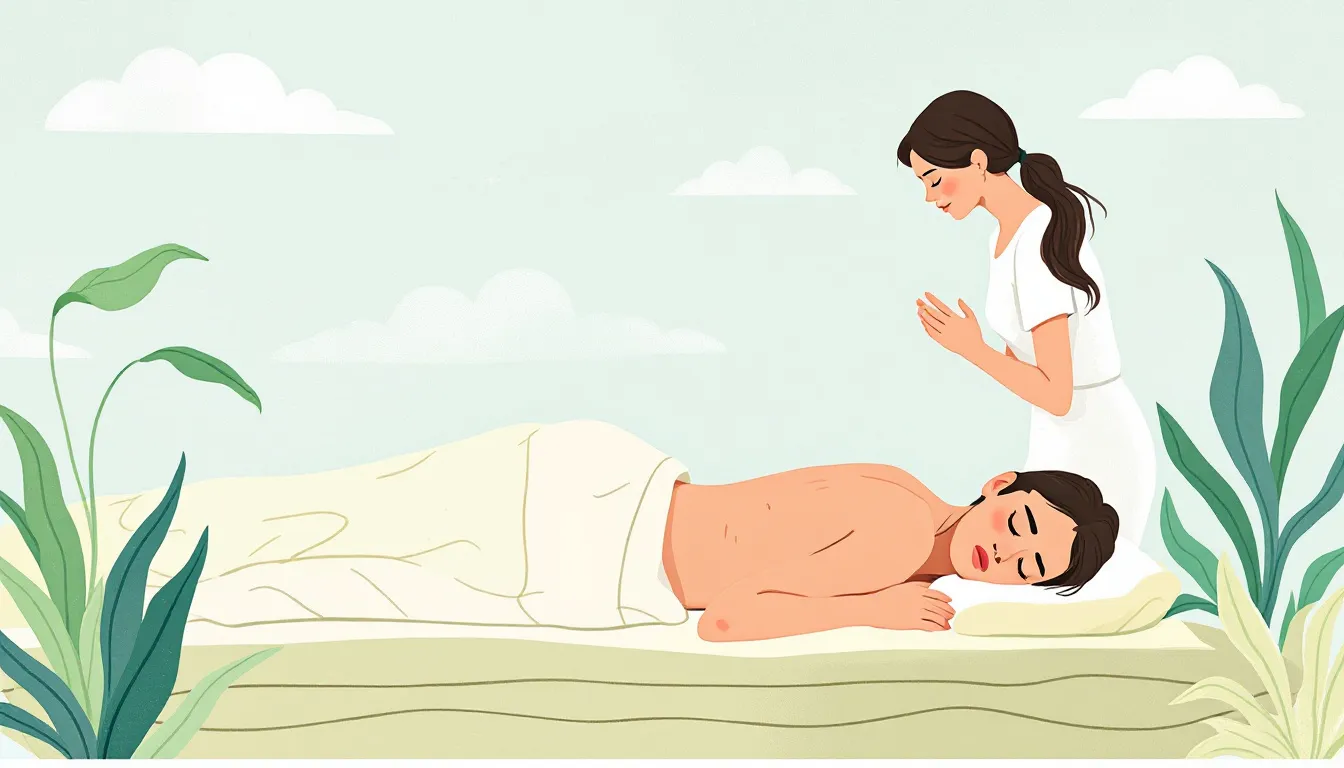
Experiencing soreness after a massage is normal and often indicates effectiveness. This mild discomfort is a natural response to muscle and tissue manipulation, similar to feelings after a vigorous workout. There are two main types of post-massage soreness: acute onset soreness, which occurs immediately after the massage, and delayed onset muscle soreness (DOMS), which appears 24 to 48 hours later.
Minor reactions like skin redness and mild soreness are common and not harmful. Like after intense physical activity, your body needs time to recover from deep tissue manipulation, leading to temporary discomfort.
When to Be Concerned
While post-massage soreness is usually normal, severe pain or significant swelling may indicate a serious issue requiring medical attention. Symptoms like numbness and tingling also signal the need to consult a healthcare professional, as they could indicate underlying problems.
If soreness lasts longer than a few days or is accompanied by symptoms like fever or nausea, consult a healthcare professional. Persistent or intense pain during or after a massage might indicate poor technique or an underlying issue.
Communicate any concerns with your massage therapist to ensure your safety and well-being.
How to Prevent Post-Massage Soreness
Some post-massage soreness is inevitable, but several strategies can minimize discomfort. Staying hydrated helps flush out toxins and metabolic waste, reducing soreness. Good nutrition before and after your massage supports muscle recovery and reduces inflammation.
For newcomers to massage therapy or those with sensitive muscles, starting with a lighter touch can prevent excessive soreness. Gentle stretching post-massage can also alleviate muscle pain and promote relaxation, helping you enjoy the benefits without undue discomfort.
Communicate with Your Massage Therapist
Effective communication with your massage therapist ensures a comfortable and effective session. Be open about your pain tolerance and preferences for massage pressure so the therapist can tailor the session to your needs. Sharing information about past injuries, medical history, allergies, and recent illnesses helps prevent unnecessary soreness and ensures a safe experience.
Providing feedback during the massage is essential. If you feel discomfort or the pressure is too much pressure, inform your therapist immediately. This allows them to adjust techniques and ensure the massage is both beneficial and comfortable.
Hydration and Nutrition
Staying well-hydrated before and after a massage minimizes soreness. Hydration helps flush out toxins and metabolic waste, reducing inflammation and discomfort. Drinking water, herbal teas, or electrolyte-rich beverages like coconut water keeps muscles supple and supports healing.
Maintaining good nutrition is also important. A balanced diet rich in nutrients supports muscle recovery and reduces post-massage discomfort. Avoiding alcohol and caffeine before and after your massage can further minimize soreness and promote well-being.
Effective Ways to Relieve Muscle Soreness
Addressing muscle soreness after a massage enhances your experience and recovery. Techniques like heat or ice therapy, gentle stretching, and Epsom salt baths effectively reduce soreness, promoting relaxation and muscle recovery.
Drinking plenty of water and performing light stretches after your massage reduces soreness and enhances flexibility. Self-massage techniques can also relieve muscle knots and trigger points that may develop post-massage.
Incorporating these strategies ensures a smoother and more comfortable recovery.
Hot Bath or Shower
Heat therapy effectively relaxes muscles and promotes blood flow after a massage. A warm bath or hot shower provides soothing relief by dilating blood vessels, increasing circulation, and reducing inflammation. Waiting at least an hour after your massage before taking a hot shower is recommended, with heat therapy particularly beneficial 48 hours post-session.
Adding Epsom salts to your bath enhances relaxation and reduces muscle soreness. Made of magnesium sulfate, these salts aid in muscle relaxation and help reduce inflammation. Soaking in a warm bath with Epsom salts for 15 to 20 minutes rejuvenates and soothes sore muscles, promoting recovery.
Cold Therapy
Cold therapy effectively reduces inflammation and relieves pain post-massage. Applying ice packs or cold compresses to sore areas numbs the region and alleviates muscle soreness. Wrap ice packs in a towel or washcloth to protect your skin and apply for 10-15 minutes at a time.
Repeating cold therapy sessions optimizes its beneficial effects on muscle soreness. Using ice packs or even frozen vegetables effectively diminishes inflammation and pain. Incorporating cold therapy into your post-massage routine significantly reduces discomfort and promotes faster recovery.
Gentle Stretching
Gentle stretching alleviates post-massage soreness and improves flexibility. Focus on controlled, gentle movements to avoid overstretching and further muscle damage. Stretching enhances blood circulation, reducing muscle tightness and promoting relaxation.
Consider your comfort limits and avoid sudden movements or jerking motions to prevent injury. Incorporating gentle stretching into your post-massage routine increases flexibility and reduces muscle tension, ensuring smoother and more comfortable recovery.
Additional Techniques for Soothing Relief
Beyond heat and cold therapy, additional techniques like Epsom salt baths, essential oils, and light exercise can provide soothing relief from post-massage soreness and enhance recovery.
Incorporating these techniques into your post-massage routine helps manage soreness more effectively and promotes overall well-being. Whether through a relaxing bath, therapeutic oils, or light physical activity, these methods ensure a smoother and more enjoyable recovery process.
Epsom Salt Baths
Epsom salt baths are a popular and effective method for reducing muscle soreness post-massage. Made of magnesium sulfate, Epsom salts aid in muscle relaxation and help reduce inflammation. Adding Epsom salts to your bath enhances muscle recovery and promotes relaxation.
For optimal results, soak in an Epsom salt bath for 15 to 20 minutes. The combination of warm water and magnesium sulfate provides soothing relief, making it an excellent addition to your post-massage routine.
This simple yet effective technique helps you feel more relaxed and significantly reduces muscle soreness to soothe sore muscles and relieve soreness.
Essential Oils and Topical Creams
Essential oils and topical creams provide targeted relief from muscle soreness and enhance overall recovery. Oils like peppermint, eucalyptus, and rosemary, known for their soothing properties, help relieve muscle tension and soreness.
Using these oils in self-massage or adding them to your bath promotes relaxation and reduces inflammation. Topical creams with ingredients like arnica and chamomile can be applied to sore areas for additional pain relief and muscle relaxation.
Incorporating these natural remedies enhances the effectiveness of your post-massage recovery.
Light Exercise and Rest
Engaging in light exercise, such as walking or gentle yoga, stimulates blood flow and promotes healing after a massage. Light exercise raises muscle temperature, alleviating stiffness and soreness. Combine this with adequate rest to allow your muscles to recover and rebuild.
Balancing light exercise with sufficient rest creates an optimal environment for muscle recovery and reduces lingering soreness. This combination maintains flexibility, reduces muscle tension, and promotes overall relaxation, making it an essential part of your post-massage routine.
Benefits of Deep Tissue Massage Despite Soreness
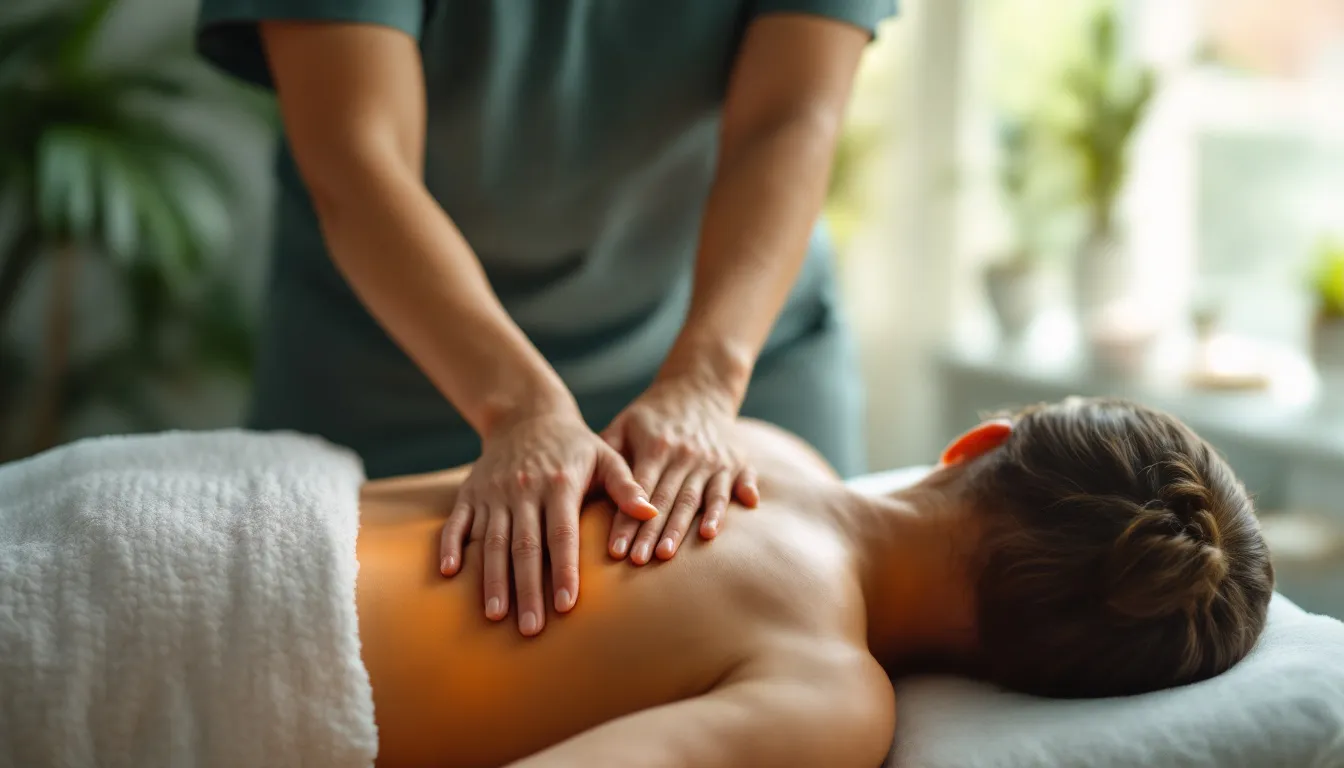
Despite temporary discomfort, the benefits of deep tissue massage far outweigh the initial soreness. Many clients report significant pain relief, improved range of motion, better sleep, and lower blood pressure once the soreness subsides. The long-term benefits of deep tissue massage include improved blood circulation and ongoing pain relief.
Regular sessions can lead to sustained relief from chronic pain and muscle tension, making the temporary soreness a small price to pay for the long-term benefits. The tenderness should be mild and typically subsides within a few days, leaving you feeling rejuvenated and more relaxed.
Embracing these benefits can transform your massage session experience and enhance your overall well-being.
Choosing the Right Massage Therapist
Choosing the right massage therapist is crucial to ensuring a beneficial and comfortable massage experience. It’s important to communicate any allergies, past injuries, or areas of concern before your session to prevent irritation and unnecessary soreness. Doing some research, including reading reviews from previous clients, can provide peace of mind that your treatment is in capable hands.
Look for reviews that mention the therapist’s ability to address specific areas of tension and their approach to handling soreness. This feedback can help you find a therapist whose techniques align with your needs and preferences, reducing the risk of post-massage soreness.
Checking Credentials and Experience
Checking the credentials and experience of a massage therapist is essential to ensure they have the necessary training and expertise. Look for qualifications like completion of an accredited program and a valid certification or license. Confirming that they are licensed by your state or local government ensures they have met the legal requirements to practice.
Inquiring about the therapist’s professional experience can also provide insights into their skill level and areas of specialization, such as having over 10 years of experience. Client reviews can further help you gauge their expertise and effectiveness, making it easier to choose a therapist who can meet your specific needs.
Specializations and Techniques
Different massage therapists may have specializations that can greatly benefit your specific needs. For example, a therapist who specializes in sports massage might be particularly effective for athletes. Board certification and membership in professional organizations can also indicate a therapist’s qualifications and commitment to their field.
Choosing a therapist with the right specialization ensures that the massage techniques used will be most effective for your condition and comfort levels. This can help prevent post-massage soreness and enhance the overall effectiveness of your sessions.
Summary
In summary, understanding why you feel sore after a massage and how to manage it can significantly enhance your massage experience. Soreness is a natural response to muscle manipulation and is often a sign that your body is healing and adapting. By communicating effectively with your therapist, staying hydrated, and using techniques like heat and cold therapy, you can minimize discomfort and enjoy the long-term benefits of massage therapy.
Despite the temporary soreness, the benefits of deep tissue massage, such as pain relief, improved flexibility, and better overall health, make it a worthwhile experience. Choosing the right massage therapist, with the appropriate credentials and specializations, ensures that your sessions are both effective and comfortable. Embrace these strategies to turn post-massage soreness into a pathway to better health and well-being.
Frequently Asked Questions
Is it normal to feel sore after a massage?
Absolutely, it's normal to feel sore after a massage. This soreness often indicates that your muscles are healing and benefiting from the treatment.
How long does post-massage soreness last?
Post-massage soreness usually lasts from a few hours to a couple of days, and it varies based on how intense the massage was and how your body reacts. Just listen to your body and give it time to recover!
What can I do to reduce soreness after a massage?
To reduce soreness after a massage, make sure to stay hydrated, try some gentle stretching, and consider an Epsom salt bath. Heat or cold therapy can also work wonders, so listen to your body and find what feels best for you!
When should I be concerned about post-massage soreness?
If soreness is severe, lasts longer than a few days, or comes with swelling, numbness, or fever, it’s best to reach out to a doctor. Your well-being is important!
How can I choose the right massage therapist?
To find the perfect massage therapist for you, look for someone with the right credentials and experience, read client reviews, and make sure their specializations align with your needs. Trust your instincts—it's all about finding someone who makes you feel comfortable and understood!


